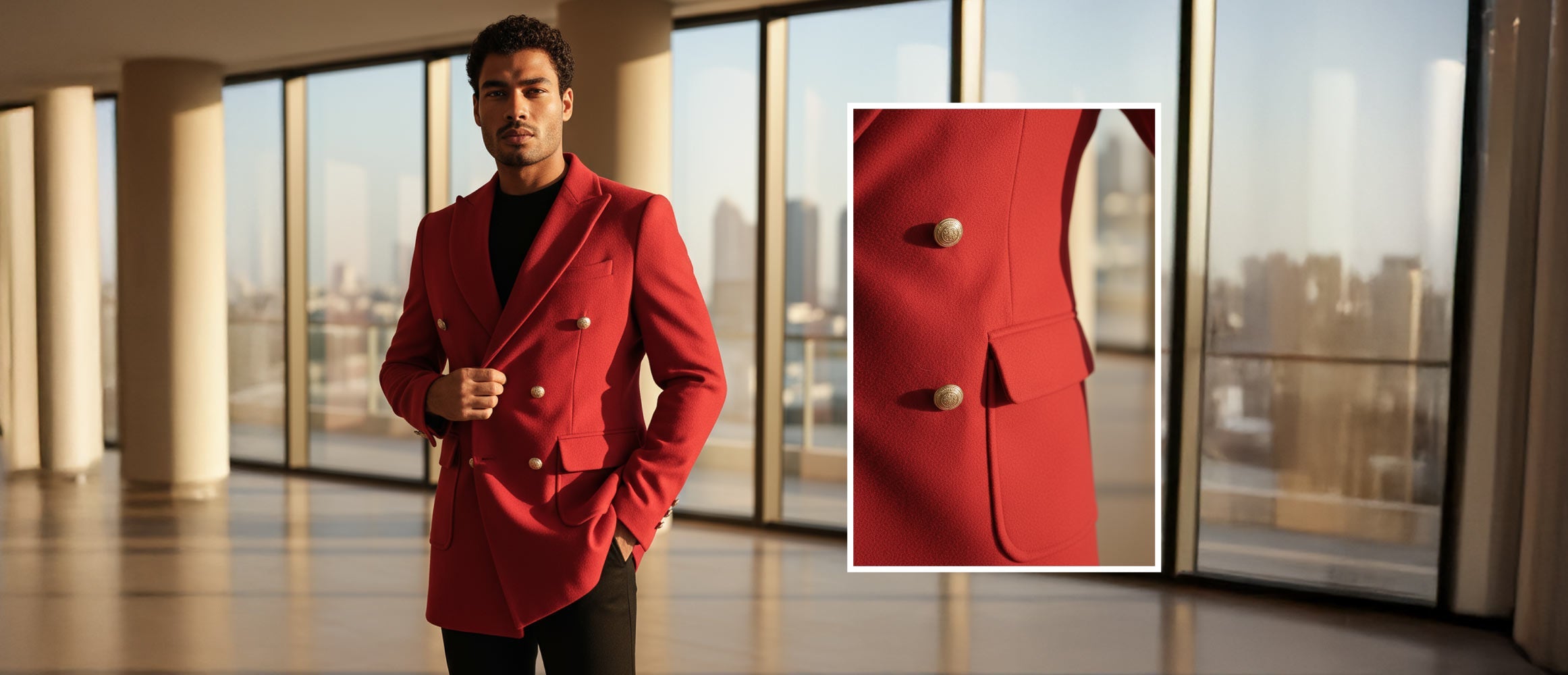How to Tuck in Your Shirt for a Polished Look
The difference between a well-dressed man and someone who merely throws on clothes often lies in the smallest details. Among these details, properly tucking in your shirt ranks as one of the most fundamental yet frequently overlooked aspects of achieving a polished appearance. Whether you're wearing a crisp dress shirt with a tailored suit or pairing a casual button-down with chinos, mastering the art of shirt tucking can instantly elevate your entire look from sloppy to sophisticated.
Understanding When to Tuck
Knowing when to tuck your shirt is just as important as knowing how to do it properly. Dress shirts should almost always be tucked in, especially when worn with suits, blazers, or dress trousers. The longer tail length of dress shirts makes them specifically designed for tucking, and leaving them untucked creates an unfinished, unprofessional appearance.
Casual button-down shirts offer more flexibility, but general rules apply: if you're wearing a belt, tuck in your shirt. If the shirt's hem falls below your rear end or has visible side vents, it's designed to be tucked. Wessi's collection of dress shirts and casual button-downs features appropriate lengths and cuts that work beautifully when properly tucked, creating clean lines that enhance your silhouette.
The Basic Front Tuck Method
The most straightforward tucking method involves smoothing your shirt into your waistband from front to back. Start by unbuttoning your trousers and pulling your shirt down evenly around your waist. The key is ensuring the shirt lies flat against your body without bunching or creating excess fabric bulk around your midsection.
Begin at the front center of your shirt, smoothing the fabric straight down, then work your way around to each side, ensuring the shirt remains taut but not uncomfortably tight. This method works well for most body types and shirt styles, providing a clean foundation for your outfit.
The Military Tuck for Extra Precision
For occasions requiring an exceptionally crisp appearance, the military tuck creates sharp, tailored lines that won't shift throughout the day. This method involves creating small pleats at the sides of your shirt to eliminate excess fabric and achieve a custom-fitted appearance.
After performing the basic tuck, pinch the excess fabric at each side seam of your shirt, pulling it taut toward the back. Fold this excess fabric into a flat pleat that lies against your back, then smooth it down before fastening your trousers. This technique works particularly well with Wessi's tailored dress shirts, as their quality construction maintains crisp lines even with this more demanding tucking method.
The Underwear Tuck Strategy
Many men overlook the role of proper underwear in maintaining a polished shirt tuck throughout the day. Tucking your shirt into your underwear first, then pulling your trousers over both layers, creates a secure foundation that prevents your shirt from coming untucked during normal movement.
This method proves especially valuable for active days or when wearing slim-fit trousers that might pull on your shirt fabric. The additional layer helps maintain the smooth lines you've created while providing comfort and security.
Dealing with Different Shirt Fits
Slim-fit shirts require different tucking approaches than regular or loose-fit styles. With fitted shirts, focus on creating smooth lines without over-tucking, which can create uncomfortable pulling across your chest and shoulders. The tailored cut of these shirts means less excess fabric to manage, making the basic front tuck usually sufficient.
Regular-fit shirts often benefit from the military tuck method, as they typically include more fabric that needs to be controlled. Taking time to evenly distribute this fabric prevents bunching and creates the clean silhouette that polished dressing demands.
Maintaining Your Tuck Throughout the Day
Even the best initial shirt tuck can become disheveled without proper maintenance. Invest in quality belts that fit properly – too loose, and they won't hold your shirt in place; too tight, and they'll create uncomfortable bunching. A well-fitted belt from a quality manufacturer acts as an anchor for your shirt tuck.
Choose trousers with the right rise for your body type. Low-rise pants often struggle to maintain shirt tucks, while mid to high-rise trousers provide better coverage and support. The construction quality of your garments also matters – well-made shirts and trousers from brands like Wessi maintain their shape better throughout wear, helping preserve your polished appearance.
Troubleshooting Common Problems
If your shirt consistently comes untucked, examine both fit and fabric quality. Shirts that are too short in the body or too loose around the waist will struggle to stay properly tucked. Similarly, low-quality fabrics that don't hold their shape will shift and bunch throughout the day.
Fabric choice also impacts tuck longevity. Cotton-blend shirts with a small percentage of elastane maintain their shape better than pure cotton, while quality construction ensures seams and hems don't shift or roll during wear.
Conclusion
Mastering the art of shirt tucking transforms your appearance from casual to polished with minimal effort. The key lies in understanding which method works best for your body type, shirt fit, and occasion requirements. Practice these techniques with different shirt and trouser combinations to develop muscle memory that makes proper tucking second nature. Remember that investing in quality shirts designed for tucking makes the process easier and ensures lasting results throughout your day. With attention to these details, you'll consistently achieve the crisp, professional appearance that marks truly well-dressed men.

















Оставить комментарий